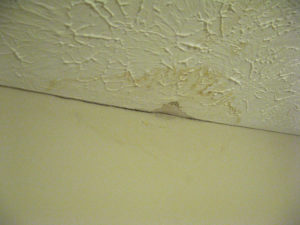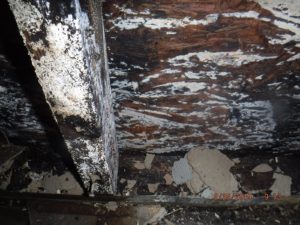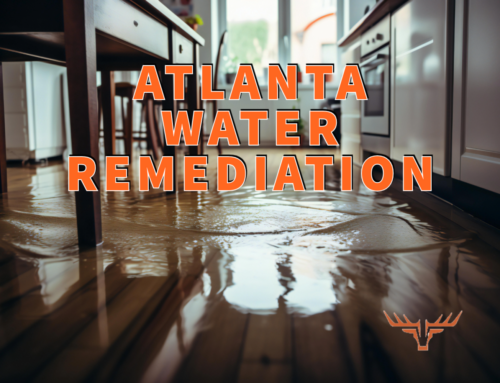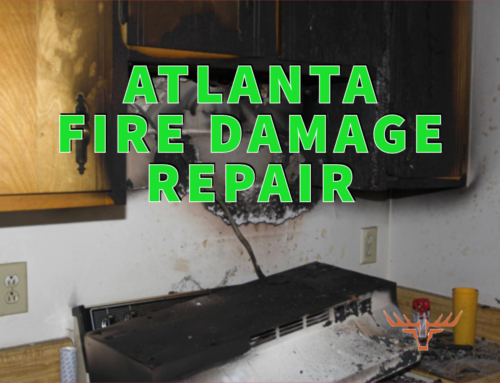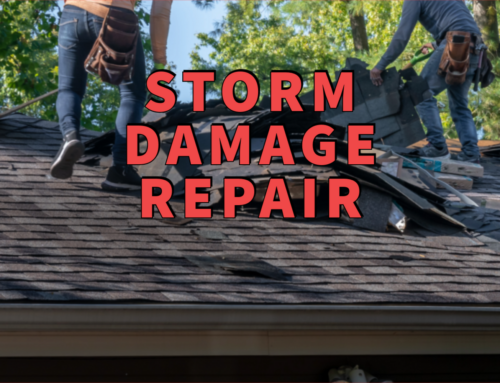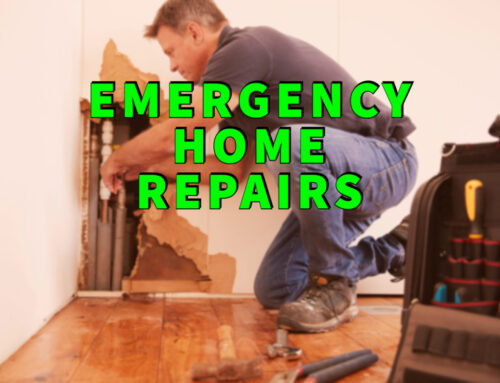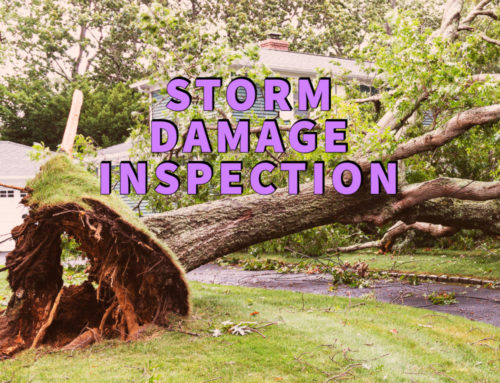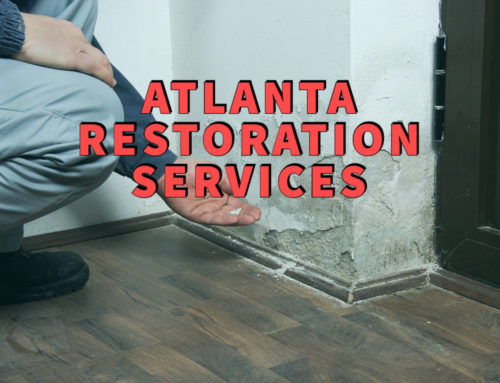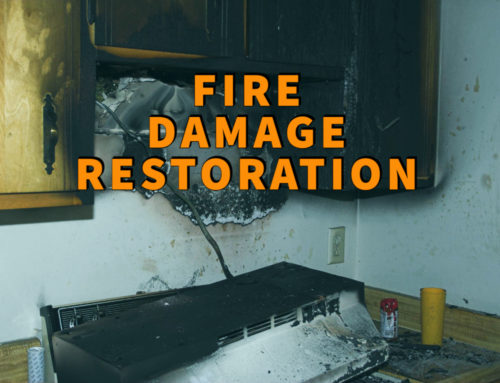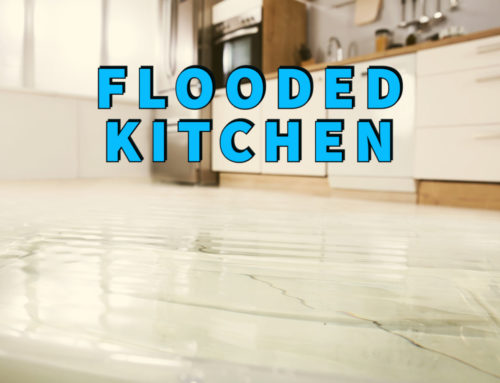Keep this list in mind if you suspect you’re a victim of wall water damage!
Identifying water damage from flooding events is easy. There is typically standing water on the floor–a clear sign your home is at risk. Wall water damage isn’t always so obvious.
It’s safe to assume there’s more wall water damage than you can see on the outside.
This article will highlight the things to look for when assessing your wall water damage, giving you a blueprint for when you suspect there’s more going on behind your walls.
About water damage
Wall water damage can come from outside sources, such as a storm, or inside, such as a burst pipe. If left unaddressed, any water damage can cause structural issues to your drywall and lead to mold.
With the help of water damage professionals, wall water damage doesn’t have to become a larger issue. Addressing water emergencies can save you time and money and provide your family with a safe place to call home.
Whenever there’s wall water damage, mold is quick to follow. Keep the following list in mind when assessing your situation!
3 signs of wall water damage
Take a look at your walls after water emergencies, checking for these three signs:
- Softened drywall
- Bubbling or cracked paint
- Discoloration
Let’s take a look at each of these signs.
Softened drywall
Softened drywall is the most missed sign of wall water damage. Softening occurs when the backside of the drywall becomes soaked, but the exterior appears normal.
Press against areas of the drywall you suspect might have water damage. If it buckles or becomes depressed, you have experienced unseen wall water damage.
Since this type of wall water damage is often missed, there’s a high likelihood of mold growth. Stay vigilant for foreign smells of rotting or mold, and call your water damage professional if you find any.
Bubbling or cracked paint
Bubbling occurs when water collects behind your paint and pools, stretching the paint on the surface. Finding this type of water damage is straightforward, but there’s no indication of how much wall water damage has occurred behind the scenes.
Popping smaller bubbles is ok, as long as you are prepared to clean the resultant mess. There’s a slight risk water continues flowing through the hole, but if you are aware of the threat, you can take steps to mitigate the damage with towels.
Leave larger water bubbles alone and call a professional. They have the tools and equipment necessary to address the volume of trapped water and minimize collateral damage.
Call water damage professionals after both large and small bubbles that indicate wall water damage. There’s a good chance water damage has occurred behind the wall; like the other indicators, this could lead to mold.
Discoloration
Discolored drywall is the most common sign of wall water damage. Look for streaks running down the wall from the ceiling. These streaks can be short, a few inches, or long, running to the floor.
There’s a good chance discoloration is combined with softened drywall. Feel for soft spots throughout the discolored area.
While you may think you know the extent of the wall water damage because of the discolored portion, there’s no telling what’s going behind the wall. This sign could be the canary in the coal mine, signaling more extensive damage in the space between your drywall and the edge of the house.
How to detect wall water damage.
You can detect wall water damage by looking for softened drywall, bubbling, or discoloration.
All three of these signs indicate that there has been water damage to your drywall. The problem? There’s a good chance there’s unseen water damage behind the wall.
Contact a professional if you see any of the signs of wall water damage. They can assess your risk for mold, rotting, and electrical problems associated with extensive water damage.
How to dry out walls after water damage.
Drying out walls after water damage includes a dehumidifier and an ample supply of towels. While the dehumidifier is running, carefully blot the walls, removing excess moisture. Don’t press too hard–water damage can soften drywall.
Contact a water damage professional after addressing the initial moisture. There can be unseen issues from water damage lurking behind your wall, including mold, rotting, and electrical hazards. A wall water damage professional can determine the extent of the damage and make sure your home is safe.
Addressing water damage
Take care of water damage as soon as you know of an issue. Within hours, water can cause damage you’ll never see from outside.
Water can get into your framing materials, insulation and drywall, causing mold, electrical hazards, rotting, and corrosion.
Ironically, wall water damage can cause fires because of electrical damage. Mold growth should be a significant concern for anyone experiencing wall water damage because of the adverse effects on the health of the home’s occupants and the high cost of repairs.
Water damage professionals in Atlanta, Georgia
Spotting wall water damage is possible if you know what to look for after suspecting a leak. What isn’t possible is knowing the damage that occurs behind your walls–this can cause long-term issues, both for your health and home.
Look for signs of wall water damage after rainstorms, leaking pipes, or broken appliances. Over the long term, investigate any foreign smells, in particular moldy, musky odors.
If you live in the Atlanta, Georgia area and the surrounding suburbs, Revere Construction and Roofing is here to help! Reach out via our contact page, and we can come to your home for a FREE assessment of your water damage emergency!



